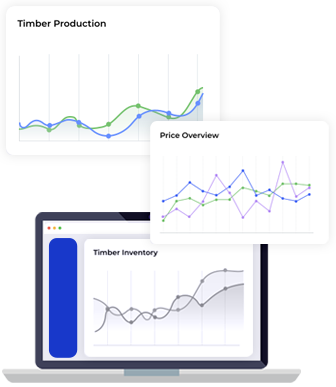
US National debt hits all-time high at $34 trillion
Posted on January 8, 2024 |
The US national debt has exceeded $34 trillion, reaching this milestone years earlier than predicted before the pandemic.
In January 2020, the Congressional Budget Office projected the gross federal debt to surpass $34 trillion by fiscal year 2029.
The debt grew more rapidly than anticipated due to the multi-year pandemic, starting in 2020, which forced significant economic shutdowns.
The gross debt includes money owed within the government, but policymakers mainly consider the total debt held by the public, currently at $26.9 trillion, roughly matching the size of the US gross domestic product (GDP).
A Congressional Budget Office projection from June 2022 estimated that publicly held debt could represent a record 181% of American economic activity by 2053.
Presently, the national debt doesn't seem to hinder the US economy, as investors are willing to lend money to the federal government.
This lending enables the government to sustain program spending without raising taxes.
Foreign buyers, including China, Japan, South Korea, and European nations, have already reduced their holdings of US Treasury notes, dropping from 49% in 2011 to 30% by the end of 2022.
On a per-person basis, the debt averages about $100,000 in the US.





